I was very interested to read the article posted by the Beauty of Travel website giving their opinion on the 50 top cities to visit before you leave this mortal coil.
Any such list is of course subjective and it is very difficult to narrow down to only 50. I am happy to say that I have visited 30 of the ones listed, with most of the others on the ‘to do’ list. Read the whole article by clicking below:
http://www.thebeautyoftravel.com/top-50-cities-to-visit-before-you-die/
I must admit to being pretty surprised that there was no mention of St Petersburg, Cape Town, Montreal, Barcelona, Madrid, Dublin, Edinburgh, Luang Prabang, New Orleans, Moscow…………… I could go on and on.
My personal favourite would be Aleppo in Syria, but of course that is likely to be a no go place for many years unfortunately.
This set me thinking however about my top ten European cities that I have visited that did not feature on the website’s list or the few well-known exceptions that I have just mentioned.
I had difficulty getting this down to just ten, so much so that I have stretched this to a top twenty and even then I have to send apologies to Strasbourg, Thessaloniki, Vilnius & Yerevan, who all just failed to make my cut…..
20 Aix-en-Provence
Aix has a lovely feel to it. A vibrant student population turn the squares into atmospheric outdoor drinking dens at night. Being in bed before midnight is strictly forbidden!
The city of a thousand fountains (exaggerated, but there are a fair few) also enjoys great natural light by day where lines of majestic plane trees abound along the wide main boulevard.
The main cathedral has a superb cloisters, whilst the leafy old town houses plenty of interesting shops, cafes and boulangeries.
The compact city is perfect for strolling, but sitting al fresco watching the world go by is its main delight in my opinion.
Add in its proximity to the idyllic Provencal villages, and it is easy to see why Aix is a universal hit.
19 Cadiz
Ever since I saw a picture of Cadiz’s golden domed cathedral in a magazine, I wanted to go and visit. I was not to be disappointed. The clamber to the top of the aforementioned dome and the spectacular view of the sparkling blue sea was indeed a highlight.
So too however was the authentically sweaty & earthy flamenco viewed in a dingy club situated on one of the narrow streets of the ancient barrio, an area that appeared to have stood still since the times of press gangs & pirates.
There are some lovely golden beaches if you are that way inclined plus you can add to that the fact that Cadiz is the perfect city base to explore the sherry bodegas (distilleries) of Jerez & Santa Maria, as well as the picture perfect Pueblos Blancos (white villages). You won’t be wanting for something to do if you choose one of Europe’s southern most cities for a short break.
18 Gdansk
The Baltic city of Gdansk is not renowned for being pretty, even if the Hanseatic period walled old town is certainly picturesque. Entering the Golden Gate into the cobbled square of the old town, you get a real sense of merchants and rich cargo, a real display of wealth of bygone years.
You could imagine yourself in Amsterdam or Rotterdam as the typically Dutch style tall, narrow buildings with their gabled roofs look down upon you.
Take a wooden masted schooner tour to Westerplatte, scene of the first angry shots of World War II, view the amazing man-powered hamster wheel winch that used to load and unload tons of cargo off tea clippers & grain barges, or my own personal favourite, a visit to the historic shipyards, home of Solidarity, Lech Walesa and the labour protests that did so much to bring down the Berlin Wall.
Gdansk is one part of what is known as the tri-city, encompassing Gdynia and the trendy beach resort of Sopot, all a stones throw from one another.
Finally, Gdansk is a gateway to the intriguing Russian enclave of Kaliningrad, a three-four hour bus ride away (organise your 72-hour tourist visa first though).
17 Tallinn
There is just one word to describe the feeling of the Estonian capital, Mediaeval. It feels like you have landed in the Middle Ages, with the ancient city walls surrounding the compact Old Town, the red roof houses, the cobbled squares, the magnificent Nevsky Cathedral and the Gothic stone clock tower.
A real highlight is to clamber around the ancient stone walls and dart up and down the imposing watch towers whilst imagining marauding cossacks laying siege upon the picturesque settlement.
Some may say that Tallinn overdoes it a little with all the banquet restaurants where you feast on wild boar, venison & barley washed down with honey beer. OK, the mock sword fights are a bit too much, but just go with the flow and it is all an enjoyable romp.
Another of my winter favourites, Tallinn in the snow is just beautiful.
16 Munich
I have never been to the Oktoberfest, but am told by those who have recently that it has become a bloated, over-priced, tourist affair.
Not to worry, the Bavarian capital has a lot more to offer. The highlight for me is one of Europe’s finest squares (Marienplatz) housing the Rathaus (town hall) and the Glockenspiel (clock tower) and other ornate buildings.
Having an al fresco beer in the city with the brooding Alps looming in the background, is a wonderful pleasure.
Whilst I was there, I took a tour to the fairytale Neuschwanstein Castle, 128KM and two hours away. Highly recommended.
15 Avignon/Villeneuve D’Avignon
The monolithic Palace of the Popes dominates the skyline for miles around, testament to the wealth & power of the Gallic pontiffs of the Middle Ages.
Whilst the gigantic-honey coloured palace is rightfully Avignon’s ace card, the whole walled city oozes charm and joie de vivre throughout its cobbled streets and squares.
Visitors should not miss the main city’s younger, but still historic sibling Villeneuve, a short distance across the Rhone River. Fort Saint-Andre and the adjoining Jardins de l’Abbaye Saint-Andre are well worth the effort and have the added plus of offering spectacular views across the valley to the huge palace.
Avignon is also a brilliant place to base yourself for Provencal villages, Roman Arles & Orange and Chateuneuf du Pape, with all its fine wineries
14 Stockholm
The Venice of the North is actually part of a large Baltic archipelago of islands, with the main city attractions focused on the biggest, Gamla Stan.
Nowhere near as crowded or hassle-some as its Latin rival, Sweden’s capital is however a huge draw and very beautiful in a cool Nordic way.
The people seem happy to a man, woman & child, no doubt buoyed by the incredible standard of living they enjoy. Walking amongst them with Abba & The Cardigans blasting through your headphones is a blast.
I was actually fortunate enough to once visit in August during the city’s sadly now defunct Water Festival, to be treated to a free open air concert by Sweden’s second favourite pop act.
The first time I went in 1992, I stayed on the Youth Hostel three-masted vessel, the af Chapman, moored on one of the central canals. It is still there and a brilliant way to spend the night dreaming of bygone Viking heroes.
A tad expensive overall for sure, but staying in hostels and sticking to chain restaurants means your money will last. Just don’t expect cheap beer!
13 Kotor
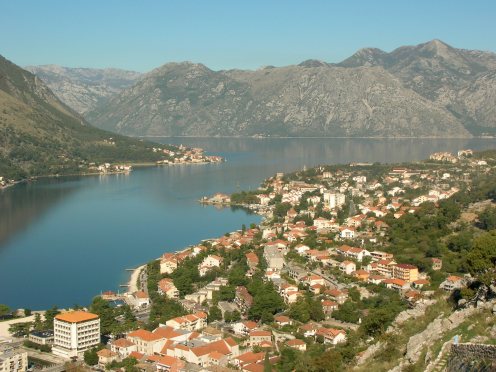
What a diamond the Montenegrin city of Kotor is. Uniquely (for this part of Europe) situated between an inland fjord and brooding black mountains, the setting is really hard to beat.
The yomp up to the mountainside fort is an invigorating wake up call, offering splendid views right along the fjord. The labyrinth of cobbled streets in the walled old town are just perfect for exploring, whilst the fresh fish served in the plentiful restaurants are both delicious and great value.
Kotor is also just a stones throw from its hugely popular Croatian neighbour of Dubrovnik. I would highly recommend a side trip down the Dalmatian Coast if you ever find yourself in the hugely popular Croat Adriatic jewell.
12 Tbilisi
Tbilisi? Twelfth? I hear you wonder. Well I was incredibly surprised too at how lovely the Georgian capital is. Georgia may not be rich, but is certainly ploughs plenty of investment the capital’s way.
Take a cable car or stiff walk up to the fort for inspiring views across the city, taking in stately old churches & striking modern architecture either side of the sparkling waters of the Mtkvari River, whilst stood at the giant feet of Mother Georgia, protector of these parts.
Georgia claims (as does neighbouring Armenia) to be the birthplace of wine. You can certainly benefit from some great value bottles from any supermarket. If sweet red is your bag, you should take an empty suitcase when you visit!
11 Toledo
The former capital of Spain is another European mediaeval delight. The walled birthplace of El Greco is stuffed full of ancient monuments, including an absolutely stunning Gothic cathedral.
Surrounded by the River Tagus, Toledo enjoys a spectacular position with great views from just about every point. Scramble amongst the many man-made fortifications and imagine yourself with bow in hand, defending the ancient city from invaders.
It is only about one hour by train from Madrid and a perfect antidote to the non-stop party of Spain’s modern capital.
10 Copenhagen
Go in summer and you are presented with a very attractive city with plenty to do to keep you occupied. Go in winter however with the streets and buildings blanketed in snow and you enter a wonderland, the likes of which Disney would pay an absolute fortune to try and recreate.
There are numerous attractions, but the real joy is just strolling around the parks, canals and streets, milking in the snow clad spires, ice-bound wooden ships and frosted treetops.
Nyhavn is a real treat with all the multi-coloured boats and barges moored up. There are no shortage of eateries dotted down the canal path to get your sustenance. I will never forget the lobster bisque eaten in a warm restaurant overlooking the icy waters. Atmospheric indeed.
Do take the boat tour out to see the frankly disappointing Little (Minute) Mermaid, not for the miniature statue, but for your opportunity to view the city from the water.
Nowadays you can also take a side-trip to Malmo in Sweden by rail across the Öresund Bridge.
Take along a book by or a biography of Copenhagen’s most famous son, Hans Christian Anderson, for added pleasure and a good understanding of the city’s past.
9 Bergen
Bergen is a perfect base to discover the fjords of Southern Norway. I visited in 1992 by train from Oslo, one of the best such journeys of my life. Much of the trip was spent following an enormous glacier, bringing to life all of those awesome teenage geography lessons.
The journey was broken as we neared our destination, to take in the unbelievable train ride that corkscrewed around the mountain from Myrdal and down to Flam, situated on the breathtakingly beautiful Songefjord.
On to Bergen, itself stunningly located at the mouth of a fjord, surrounded by snow-capped mountains. The colourful buildings either side of the harbour are a photographers delight, as are the views from the top of the hill served by a fabulous funicular.
The city’s most famous son is Edvard Grieg, composer of my favourite classical piece, Peer Gynt. I was not lucky enough to see a recital at the Grieghalle, but just such an occasion is on my cultural bucket list for the future.
The other must do whilst there is to take a boat trip on the fjord waters. I decided to go on a little fishing boat and managed to catch a bright blue fish, identity unknown. I happily put him back into the clear icy waters from whence he had come.
Cheap it isn’t, rewarding it most definitely is.
8 Split
Whilst Dubrovnik rightfully takes the Adriatic plaudits, Split is a slightly less touristy, but just as charming as the Croatian gem not too far down the Dalmatian Coast.
I took the overnight train from Zagreb (a city that would have made my unsung European top thirty) and was immediately enraptured by the tranquil blue sea fronting the honey stone buildings and spires of the old town.
After two strong coffees, it was time to explore the narrow streets and alleyways that make up the oldest parts of town. The huge Diocletian’s Palace casts a huge shadow over the main square by day and is beautifully lit at night. We were even lucky to be treated to an acoustic guitar set on our first night.
For the energetically minded (my travel buddy Hamish twisted my arm!), there is a very nice U-shaped 14KM walk around the headland, happily bringing you back to waiting tables serving ice-cold dark beer. From one of these, you get a great vantage point of Split’s famous clock tower housing it’s trademark blue-faced clock.
You can also use Split as a base for the holiday island of Hvar or could take a bus east to the aforementioned Dubrovnik, or as I have previously recommended, a little further on to wonderful Kotor in Montenegro.
7 Krakow
Pope John Paul II’s birthplace needs no introduction and perhaps should have been in my list of surprising omissions from the Beauty of Travel website world top fifty.
The UNESCO listed city centre is absolute eye-candy. The main cathedral is probably amongst the twenty most beautiful in the world, whilst the cobbled squares, fountains, old town alleys and churches are a feast for the senses and scream ‘explore me’ at you in much the same way as Venice does.
When I visited during an eventful inter-rail trip in ’92, the city was relatively unknown and crowd free. I understand this to no longer be the case so avoid May-September if possible.
The former Polish capital is also the most popular gateway for visiting haunting Auschwitz Nazi Concentration Camp. Not for the faint-hearted.
6 Lviv
Do not be put off visiting Ukraine’s most beautiful city, which is virtually in Poland and far away from any conflicts in the east of the country or The Crimea. As an aside I would also highly recommend visiting Kiev, the vibrant and historic capital of the troubled nation.
My journey to another UNESCO listed city in 2011, was the culmination of my second longest train journey ever, twenty-seven hours from Sevastopol (another top thirty contender). During my visit, the already visually stunning city was being further improved as a host venue for the Euro 2012 football tournament, so you may well get even more bang for your buck nowadays.
I was certainly not bemoaning my luck however as the picturesque and compact city is stuffed full of churches, squares, bars and other interesting buildings. These include the magnificent Opera House, the vertigo inducing clock tower and the splendid city brewery, home of my third favourite dark beer Lvivske.
I also experienced one brilliant free ‘sporting’ event. In the leafy square that fronts the opera venue, old men gathered on benches to play chess in the Autumn sunshine. I mean serious timed moves, thinking ten moves ahead, hour long matches of mental toughness and agility. Crowds gathered, moving from game to game to take in the ‘action.’
I lasted twenty minutes and started to rethink my retirement plans!
5 Valencia
Spain is far too lucky in the magnificent city stakes, probably vying with Italy for the most entries in Europe’s best of list. Granada, Valencia, Madrid, Barcelona, Toledo, Bilbao, Santiago, Cadiz, Cordoba to name just a few.
Valencia can hold a candle to all of them and is pretty much three great cities in one.
1) The gorgeous walled old town, home to everything you would expect of such a place. Incredible cathedral, imposing entrance gates, a variety of spired churches, cobbled squares, romantic tapas bars, ornate fountains. Ideal for just roaming.
2) The port and beach area. A slow tram ride from town takes you to golden sands, trendy beachfront bars & cafés, a millionaires yacht club & marina and lovely promenade. We had the massive good fortune to visit during the 2007 Americas Cup yachting competition. The free jamboree providing great music, a tall ships parade and the serious business of the competition itself.
The area is now closed off once a year so it’s purpose built roads can stage a Formula One Grand Prix.
3) The futuristic Science Park and Oceanarium. Think Sir Norman Foster, think water, glass & metal, think the bizarre. We skipped the planetarium, science museum and other pillars of learning, to head for the simply fantastic oceanarium. Home of great whites, beluga whales, delicate seahorses, conga eels and sting rays, the undoubted stars of the whole show were the dolphins. We all shed thirty-odd years at the magical dolphin show, clapping and squealing like demented seals!
If you have time on your hands and fancy departing from a different place, take the bus to the charming seaside city of Denia as we did and from there take the delightful train that hugs the coast down to Alicante (via Benidorm if you are that way inclined)!
4 Sarajevo
Synonymous with the Yugoslavian conflict of the ’90s, Bosnia’s lively capital has picked itself up and dusted itself off to resume its status of the ‘Jerusalem of Europe’, a recognition of the synagogue, mosque and cathedral all positioned within a whisker of each other in the wonderful old town.
There are of course reminders of the savage conflict – bullet marked buildings, sombre graveyards full of white crosses and the iconic bright-yellow hotel positioned just off ‘sniper alley’, which house the world’s war journalists.
The old town’s medina is a shoppers paradise. Much smaller than the likes of Marrakech or Aleppo, nevertheless there are plenty of eclectic purchases available.
Schoolchildren will know that Sarajevo was the origin of the series of events that sparked World War I. The exact spot where Serbian dissident Gavrilo Princip murdered Archduke Franz Ferdinand of Austria is handily marked with a plaque, so you can mark the occasion with a photograph.
Rattling along the central roads on Europe’s oldest tram system is a true pleasure, whilst a dark beer and drinking snacks are a must in Sarajevo’s historic brewery.
I will sneak in that other well-known Bosnian city of Mostar, a wonderful ninety-minute train-ride away from the capital and a memorable destination indeed. Its famous bridge is known all over the world. Destroyed during the ’90s war, its resurrection is a fitting tribute to the indomitable spirit of Mostar’s residents and is now also well-known for the young men who plunge from it into the river for a few tourist bucks.
3 Cordoba
A small city it may be, but it is home to two world class attractions – the Moorish mosque known as the Mezquita and the imposing Alcazaar (palace) with its wonderful gardens that rival Granada’s Generalife.
The Mezquita is particularly spectacular with its internal web of red and white arches spanning its entirety. The mihrab is ornately spellbinding.
A catholic church has invaded some of its space. Sacrilege really, but adding to the unique nature of the place.
For the ghoulish, you have the torture museum with implements dating back to the Spanish Inquisition (I was horrified to find out what an iron maiden was).
We went in June when the whole place was a riot of colourful flowers. Take in the show at the Spanish Riding School too, but avoid the temptation to see second rate flamenco (Cadiz and Seville are far better).
2 Santiago de Compostela
Most famous for being the main destination on the Camino de Santiago (Santiago Way), the 780KM Catholic pilgrimage route from near Biarritz in France. Santiago is also a great city to visit for those intent on a less energetic arrival.
The enormous Cathedral of Santiago (Saint James) is a wonder of Europe. The building of the present structure started in 1075 and is around 100 metres long.
On a recurring theme, there is a real medieval feel about the place, not least due to the vaulted stone verandas that traverse the old town giving handy shelter to the frequent rains.
The whole city oozes spirituality. The weather was commonly cloudy for the three days we spent there, but this absolutely expressed the mood in an entirely positive way.
In a move away from contemplation and deep thought, there are some great tapas bars and warming cafés to lighten the mood.
1 Salzburg
Some may find Salzburg a little twee. Not me.
At its best in winter, especially during the Kriskindlmarkt (Christmas Market) from late November up to Christmas Eve.
The whole surrounding landscape is really beautiful with numerous lakes, mountains & forests. The hills are alive with the sights & sounds of nature.
Take the funicular to the castle for unparalleled views of the city, take the tour of its rooms and halls and then walk back down the path, taking in the lovely view of the cathedral, squares & fountains.
Pay a visit to the landscaped Mirabelle Gardens and skip around the Pegasus fountain and the goblin statues like the Hollywood von Trapps did. I defy you not to sing doh rae mi!
Take tea and cake at the Cafe Sacker, criss-cross the Salzach River dividing old and new town with its stylish shops or take a trip out of town to the Lake District or Bavarian Alps.
The real joy of Salzburg however is the feeling that you are in a bygone era, simple, friendly and safe.
I can’t wait for another injection of feel good factor. Maybe next Christmas.
What other lesser known gems would you add?
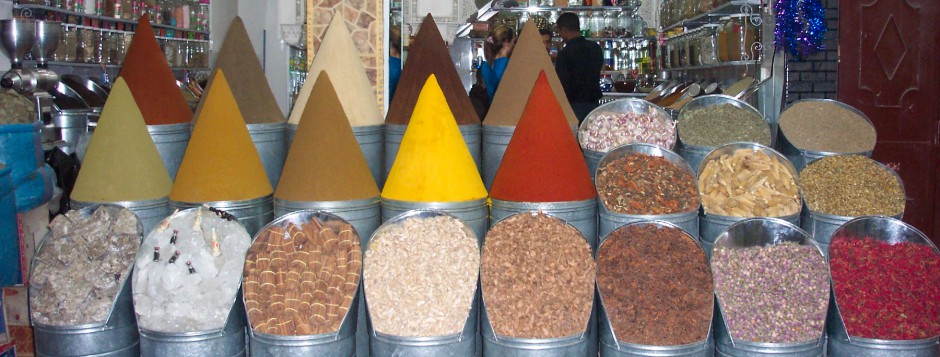
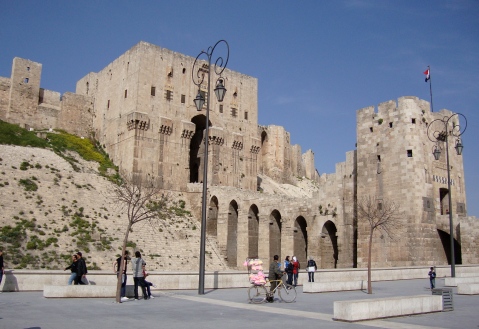
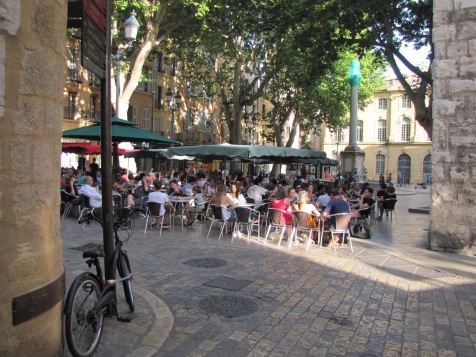
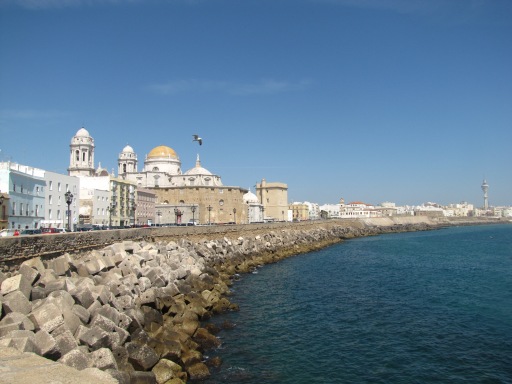
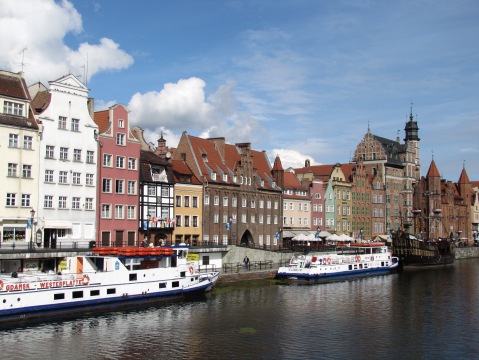
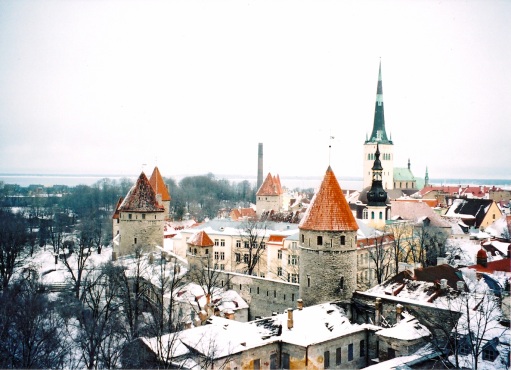
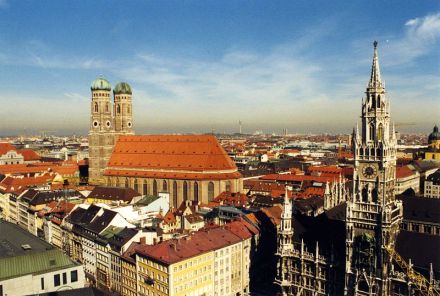
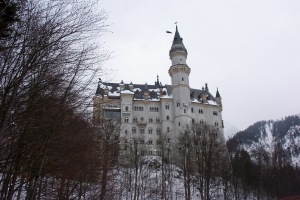
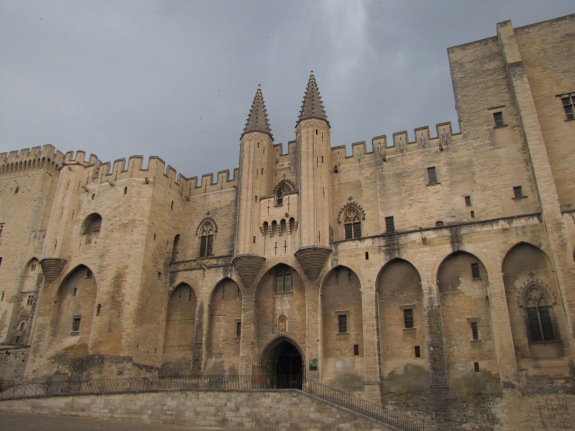
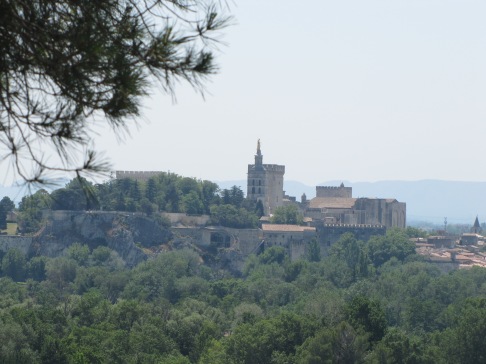
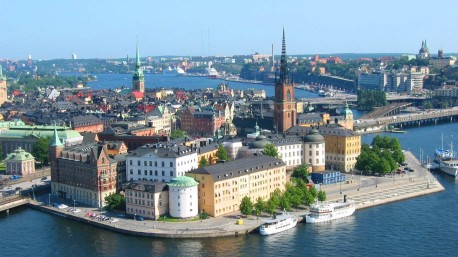
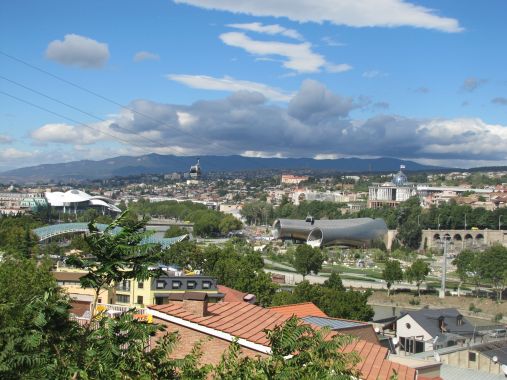

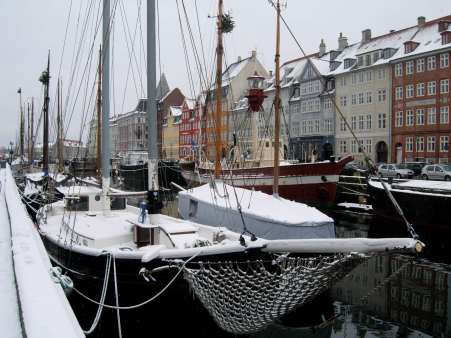
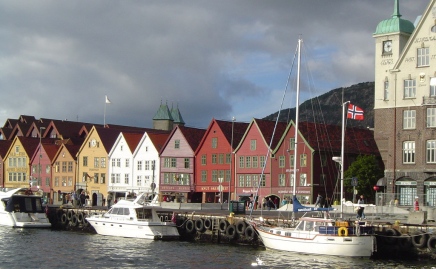
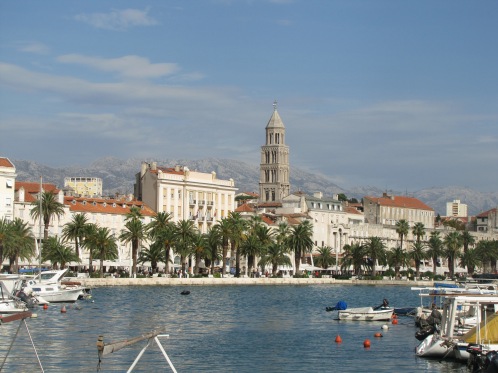

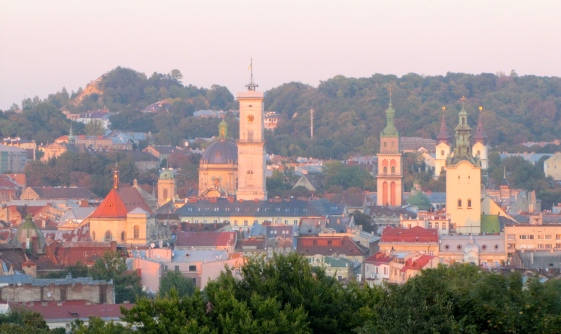
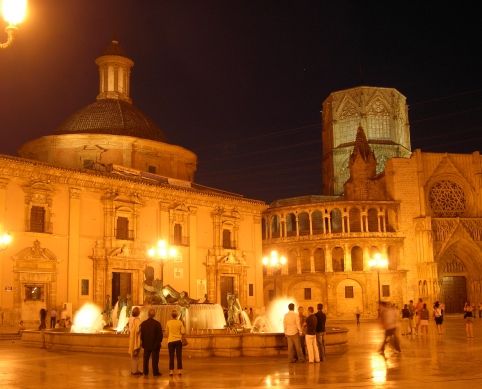
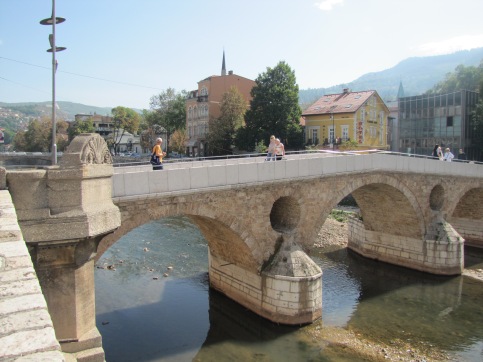
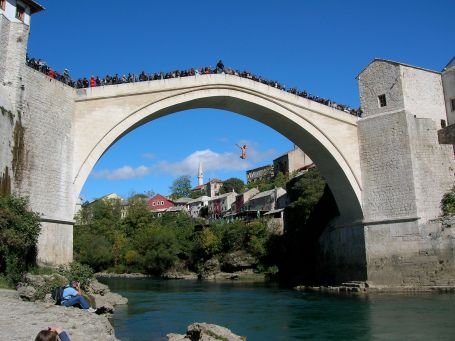
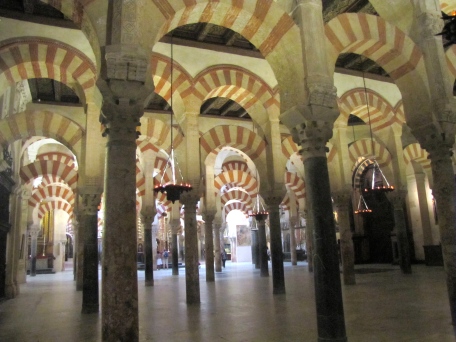
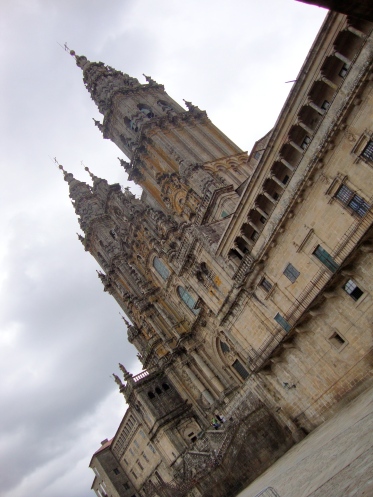
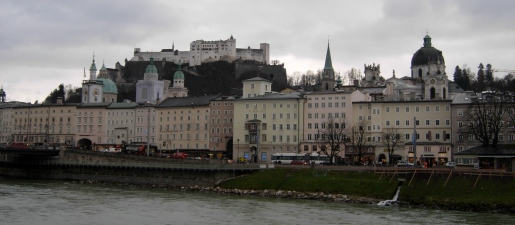


[…] Top 20 ‘Lesser’ European Cities – Wilbur’s Travels […]
LikeLike
[…] Top 20 ‘Lesser’ European Cities – Wilbur’s Travels […]
LikeLike